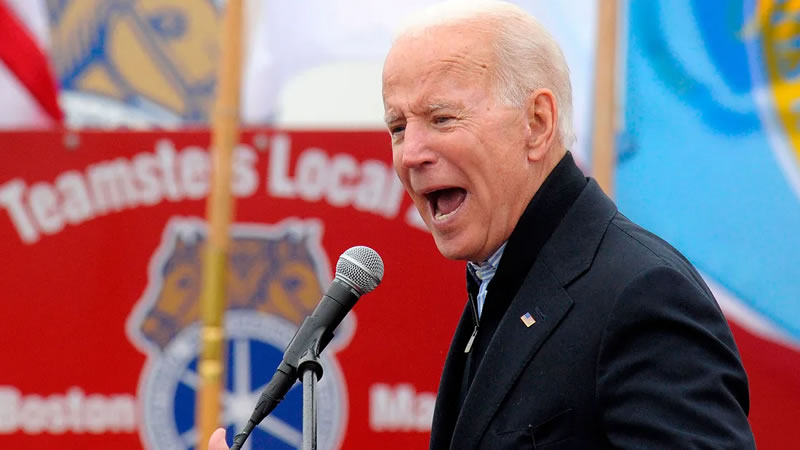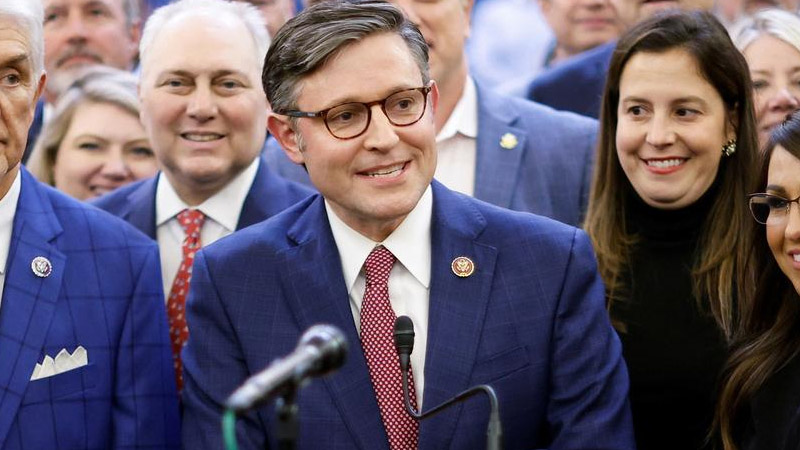Biden is avoiding Strikes, but his Cabinet Members are Rushing to the Picket Lines

Image Source: nymag
The Biden administration has stepped cautiously into a pair of high-profile strikes in recent days, with cabinet members paying visits to picket lines during #Striketober.
On Wednesday afternoon, Labor Secretary Marty Walsh joined striking Kellogg’s employees in Lancaster, Pennsylvania, as they struggled for a new five-year agreement with the cereal maker. More than 1,400 Bakery, Confectionery, Tobacco Workers, and Grain Millers’ International Union (BCTGM) workers started a work stoppage more than three weeks ago.
“The holidays are coming. Let’s get these workers a fair contract,” Walsh said while surrounded by union supporters and news crews.
Walsh’s visit came just a week after Agriculture Secretary Tom Vilsack visited Iowa, where he formerly served as governor, to join striking John Deere workers on a picket line outside the manufacturer’s Ankeny facility. More than 10,000 Deere workers have gone on strike after rejecting a tentative agreement reached between the company and their union, the United Auto Workers (UAW).
“You don’t forget the folks who got you where you are,” Vilsack said, offering to meet with John Deere’s CEO to discuss the dispute.
Asked directly about the John Deere dispute when UAW members authorized a strike last month, White House press secretary Jen Psaki said that “as a policy, and for legal reasons, we don’t weigh in on individual labor disputes.”
She added, speaking generally, that “the president is deeply concerned when he sees companies making record profits, padding the pockets of CEOs, and expressing concern about paying a little bit more so that we can invest in our workforce.”
Of course, Walsh and Vilsack don’t have the same power or fame as their boss. They are, however, high-profile representatives of the Biden administration, and their meetings with strikers are exceedingly unusual, if not unprecedented.
According to Joseph McCartin, a labor historian at Georgetown University, there have been no other occasions in which a sitting secretary has joined workers on a picket line.
“Past cabinet members have had experience on strikes before joining the cabinet, or have expressed sympathy with strikes,” McCartin, the author of “Collision Course: Ronald Reagan, the Air Traffic Controllers, and the Strike that Changed America,” told HuffPost. “But actively joining a picket line is a big deal.”
Walsh, a former labor leader in the Massachusetts building trades, decided to meet Kellogg’s workers after receiving an invitation from BCTGM President Anthony Shelton to “assess the situation on the ground,” according to a Labor Department spokesperson. Walsh’s trip was monitored by the White House.
“As a former labor leader, Secretary Walsh understands the importance of collaboration between unions and management to create better conditions in the workplace,” the spokesperson said.
Biden vowed to be the “most pro-union president you’ve ever seen” on the eve of last year’s presidential election, and union supporters have been eager to remind the White House of those statements since he took office.
Biden has issued union-friendly executive orders, filled the National Labor Relations Board with strong worker advocates, and urged Congress to adopt the Protecting the Right to Organize Act, which would make it simpler for employees to organize unions. He’s also used his bully pulpit to fight for collective bargaining, most notably in a February speech about a high-profile union organizing campaign at an Amazon warehouse.
Although he did not specifically mention Amazon at the time, Biden criticized businesses for encouraging employees not to join unions. The lengthy talk, which followed a sustained lobbying campaign by union officials, was considered by labor historians as unprecedented for a sitting president.
But, so far, Biden is unwilling to publicly engage in any work stoppages.
In an email, Nelson Lichtenstein, a labor historian and author of “State of the Union,” argued that presidents normally handle labor problems through diplomatic channels rather than taking public stands.
During the 1902 anthracite coal strike, Theodore Roosevelt forced railroad titans to submit to arbitration, and Franklin Delano Roosevelt ordered the seizure of Montgomery Ward’s assets when the corporation violated a labor agreement under the National War Labor Board. During the 1936-1937 UAW sit-down strike, FDR assigned his labor secretary, Frances Perkins, to lean on General Motors CEO Alfred Sloan.
However, Lichtenstein couldn’t think of any “clear cut” examples of presidents openly supporting strikers, as some clearly expect Biden would do.
“Usually, presidents work behind the scenes to get intransigent employers to negotiate,” Lichtenstein said.
Huffpost’s Dave Jamieson contributed to this report.


